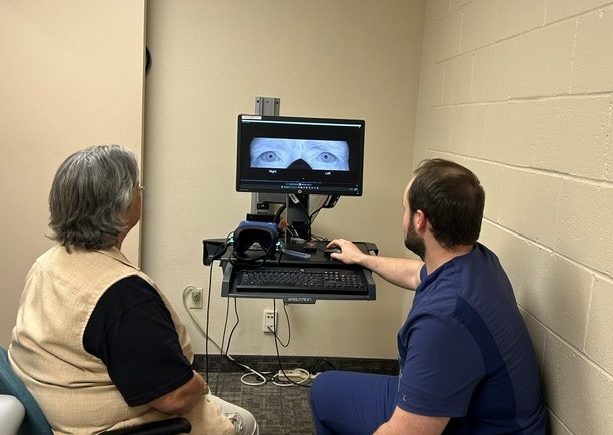By Nicole Young, Vitals contributor
Less attention to schedules, homework and bedtimes can often make summer an enjoyable break from the regular routine. Getting children and teens back into the groove as the school year approaches can sometimes be a tough adjustment.
Dr. Marilyn Mendoza, a pediatrician at Sansum Clinic, now part of Sutter Health, explains that some anxiety before returning to school is normal for children. Dr. Mendoza shares some tips on how to help ease your child back to the classroom.
13 Tips for a Smooth Back-to-School Transition
Discuss Expectations: Talk with your child about what to expect when school starts. Listen to their concerns and create a safe space for them to express their feelings.

Dr. Marilyn Mendoza
Address Concerns: Talk through what makes them nervous or unhappy, and brainstorm solutions. Remind them of past times when they were brave.
Share Your Feelings: Express your own emotions about the transition. For example, “I enjoyed our summer together, and while I’ll miss you during school days, I’m excited for you to learn and be with friends.”
Outline the Routine: Write down and share the school schedule in a format that suits your family. Break down the challenging parts of the routine into manageable steps.
Pay Attention to Sleep Schedules: Gradually shift bedtime and wake-up times by 10-15 minutes a day to help your child adapt to the school routine. Once school starts, aim for 8-12 hours of sleep, depending on your child’s age, to help ease the transition.
Incorporate Learning: Include some reading and writing activities such as reading together, visiting the library, or journaling.
Reconnect with Peers: Encourage your child to reconnect with school classmates to build excitement for returning to school.
Visit New Schools: If your child is starting at a new school or classroom, visit it before school starts if possible.
Build a Support Team: Inform teachers if you think your child might struggle with the transition and share any strategies that work at home.
Keep Goodbyes Brief: On the first day, say goodbye quickly and reassure your child with positivity. Discuss their day later by asking about the highs and lows.
Promote Activity & Hydrate: Ensure your child gets regular physical activity, such as a bike ride, a walk, or a park visit. Encourage drinking water, with recommended amounts varying by age.
Involve Them in Lunch Prep: If your child brings lunch, involve them in preparing healthy options, including fruits and vegetables.
Acknowledge Resilience: Remember that transitions can be challenging, but children are resilient and can adapt over time.
Note: This content is not intended to be a substitute for professional medical advice, diagnosis or treatment. Always seek the advice of your physician or other qualified health provider with any questions you may have regarding a medical condition. Never disregard professional medical advice or delay in seeking it because of something you have read on this website.





